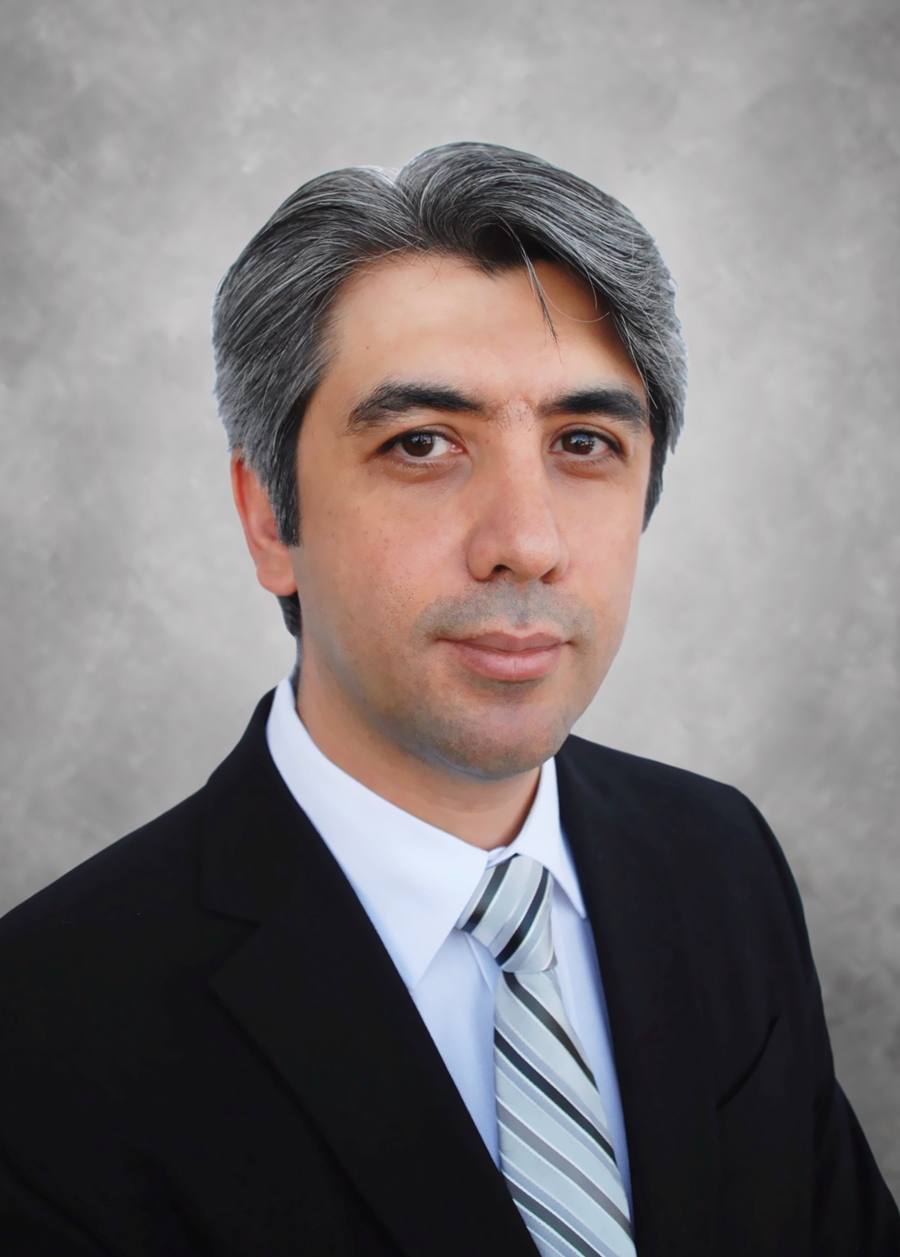
FAYETTEVILLE, Ark. – University of Arkansas physicists have documented a means of improving the magnetoelectric response of bismuth ferrite, a discovery that could lead to advances in data storage, sensors and actuators.
Bismuth ferrite, or BFO, has long been of interest to scientists because its functional properties can be controlled by applying external stimuli; its magnetic response can be controlled via electric field, and its electrical response can be controlled via magnetic field, hence the name magnetoelectric.
BFO is of particular interest because it is one of few magnetoelectric materials functional at room temperature. A limiting factor, however, is the small magnetoelectric response. Enhancing that response would increase the material’s usefulness.
U of A scientists devised a means of improving the response by simulating a situation in which a mix of three quasiparticles creates a new quasiparticle they called “electroacoustic magnons.”
“This mechanism provides opportunities to engineer the size and shape of the material to reach strikingly larger magnetoelectric responses,” said doctoral candidate Sayed Omid Sayedaghaee, first author of a paper published in the journal Nature Partner Journal Computational Materials. Department of Physics researchers Charles Paillard and Bin Xu, along with research professor Sergey Prosandeev and Distinguished Professor Laurent Bellaiche contributed to the study.
The researchers used supercomputers at the Arkansas High Performance Computing Center to create a model that explains the electroacoustic magnons and also explains the dynamics of magnetoelectric effects. Their study was supported by grants from the Defense Advanced Research Projects Agency and the Army Research Office.
About the University of Arkansas: The University of Arkansas provides an internationally competitive education for undergraduate and graduate students in more than 200 academic programs. The university contributes new knowledge, economic development, basic and applied research, and creative activity while also providing service to academic and professional disciplines. The Carnegie Foundation classifies the University of Arkansas among fewer than 2.7 percent of universities in America that have the highest level of research activity. U.S. News & World Report ranks the University of Arkansas among its top American public research universities. Founded in 1871, the University of Arkansas comprises 10 colleges and schools and maintains a low student-to-faculty ratio that promotes personal attention and close mentoring.
Topics
Contacts
Sayed Omid Sayedaghaee, researcher, Department of Physics
J. William Fulbright College of Arts and Sciences
479-575-2506, omids@uark.edu
Bob Whitby, feature writer
University Relations
479-575-4737,
whitby@uark.edu